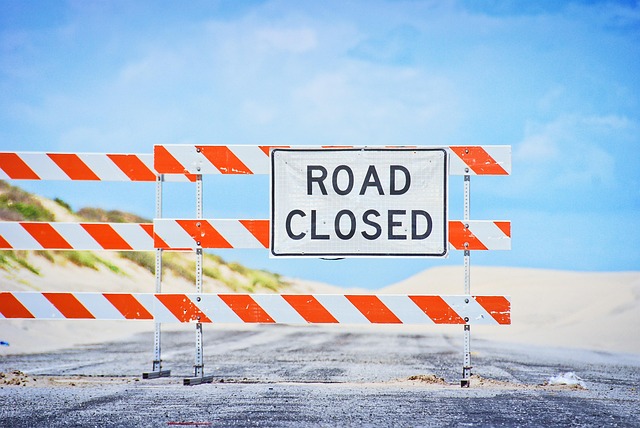Sustainable Transport Solutions: Enhancing Traffic Safety in Rural Development
In the heart of many rural communities lies a critical issue that often goes unnoticed: traffic safety. While urban areas frequently feature advanced transport systems, the roads less traveled in rural regions present their unique set of challenges. These challenges can significantly impact the safety and well-being of local residents. Integrating sustainable transport solutions into these rural landscapes can enhance traffic safety and nurture community development.
The Importance of Sustainable Transport
Sustainable transport goes beyond just being eco-friendly; it’s about creating systems that prioritize safety, accessibility, and efficiency. In rural development, the transport infrastructure plays a pivotal role in shaping everyday life. From farmers transporting their goods to children getting to school safely, the quality of roads, the availability of public transport, and the implementation of pedestrian pathways can change the fabric of these communities.
Challenges of Rural Transportation
Many rural areas struggle with outdated transport systems, poorly maintained roads, and a lack of safe public transportation options. This not only increases the risks of accidents but also reduces accessibility for essential services like healthcare and education. Traffic safety becomes an even greater concern when you consider the winding roads, limited signage, and sporadic traffic law enforcement present in rural environments.
Innovative Solutions for Traffic Safety
Integrating sustainable transport solutions can significantly enhance traffic safety in rural areas. Here are some innovative approaches that can be adopted:
- Smart Signage: Implementing digital signage that provides real-time updates on road conditions and alerts drivers to hazards can help mitigate risks.
- Community Road Safety Programs: Encouraging community involvement in road safety initiatives, such as workshops and awareness campaigns, can empower residents to take charge of their safety.
- Improved Road Design: Adopting safe road design principles, such as reducing speed limits in populated areas and ensuring adequate lighting, can significantly lower accident rates.
- Enhancing Public Transport: Investing in reliable and affordable public transport systems reduces the number of vehicles on the road, ultimately increasing traffic safety.
Rural Development and Traffic Safety
Rural development and traffic safety are interconnected. A well-designed transport infrastructure not only improves safety but also accelerates economic growth. As communities invest in sustainable transport solutions, they create job opportunities, increase access to markets, and foster a sense of community. Safe transport routes can encourage tourism and support local businesses, weaving traffic safety into the very fabric of rural prosperity.
By addressing traffic safety through the lens of sustainable transport, rural communities can nurture a safer and more vibrant environment. This not only enhances the quality of life for residents but also sets a standard for sustainable development efforts worldwide. It’s essential for stakeholders, including local governments and community organizations, to join forces in promoting these sustainable transport solutions, ultimately paving the way for a brighter future in rural areas.




